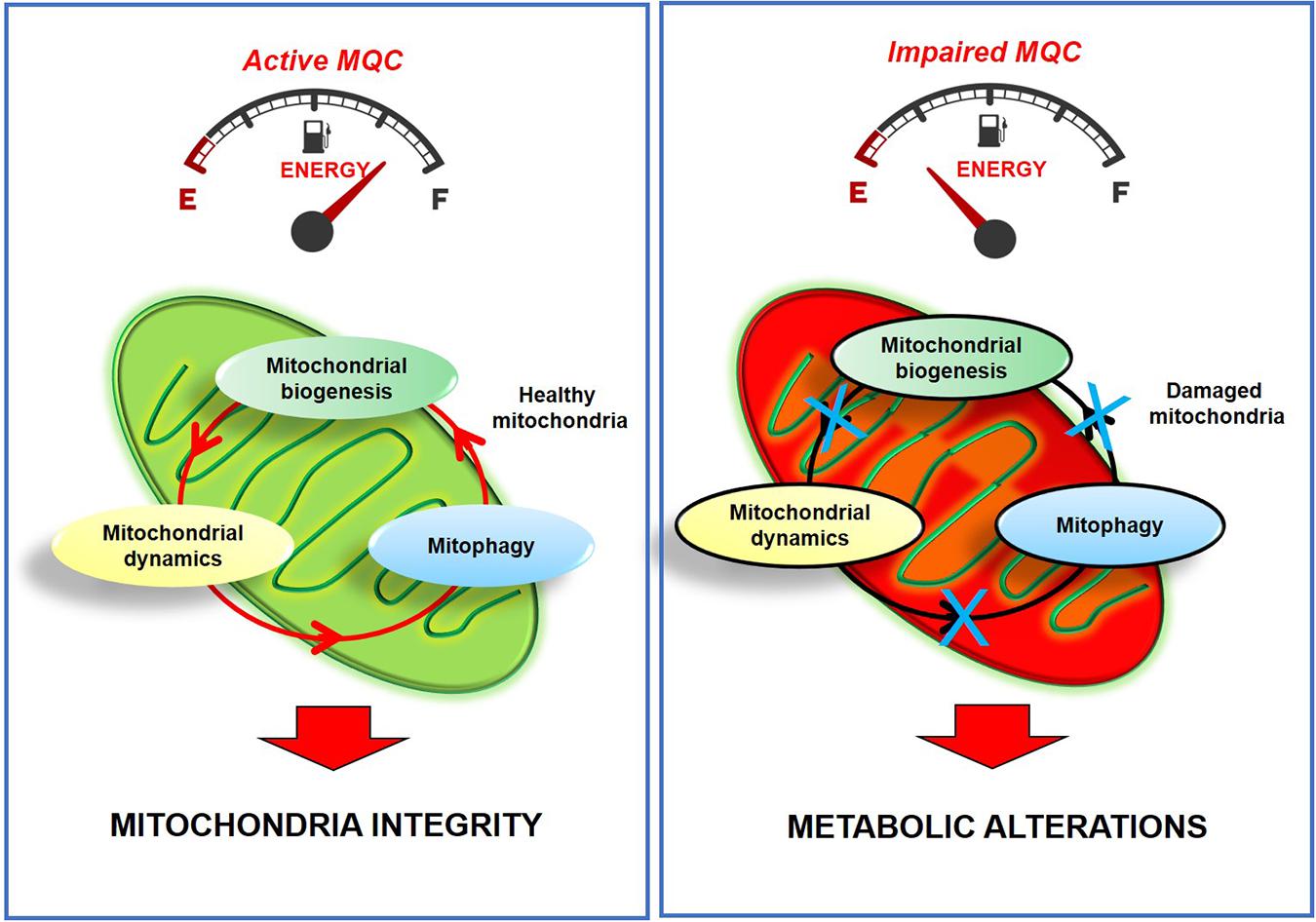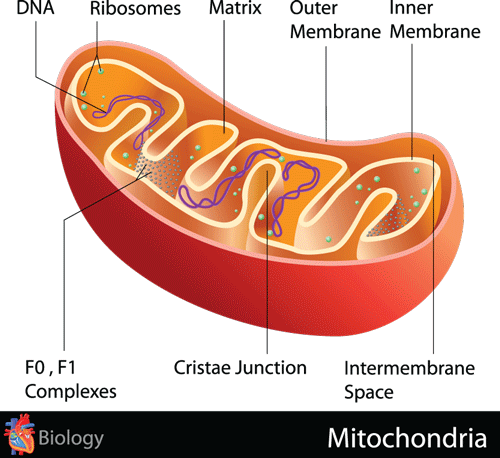Does exercise affect your mitochondria?

Indeed, physical exercise benefits are associated with increased energy expenditure with a high impact on mitochondrial metabolism. In response to exercise, mitochondria increase ATP synthesis rates to address the cell's metabolic requests (Sato et al., 2019).
What are three of the most common symptoms of mitochondrial disease?
The main symptoms of mitochondrial myopathy are muscle fatigue, weakness, and exercise intolerance. The severity of any of these symptoms varies greatly from one person to the next, even in the same family. In some individuals, weakness is most prominent in muscles that control movements of the eyes and eyelids. How do you test for mitochondrial myopathy? The most important of these tests is the muscle biopsy, which involves removing a small sample of muscle tissue to examine. When treated with a dye that stains mitochondria, muscles affected by mitochondrial disease often show ragged red fibers — muscle cells (fibers) that have excessive mitochondria.
Also, is mitochondrial disease autoimmune?
28 in the journal Nature Immunology. The accumulation of defective mitochondria led to overproduction of an inflammatory protein called type 1 interferon. The findings suggest that failed quality control of mitochondria may cause Sjogren's, lupus, and other autoimmune diseases through production of interferon. Then, what happens if the mitochondria dies? When mitochondria cannot convert food and oxygen into life-sustaining energy, cell injury and even cell death follow. When this process is repeated throughout the body, organ systems begin to fail and even stop functioning.






Similar articles
- Does exercise clear skin?
- Does exercise increase GABA?
- Does mitochondria make tired?
Fatigue is a sign of mitochondrial disease.
- Does Acetyl-L-carnitine help mitochondria?
- What happens if the mitochondria dies?
- How do you restore mitochondria?
- Does L-carnitine affect your hormones?
Carnitines have been reported to increase gonadotropins, sex hormone levels, and improve oocyte health [17].
 Drugs Forum
Drugs Forum
